Cambridge responds to legacies of enslavement inquiry
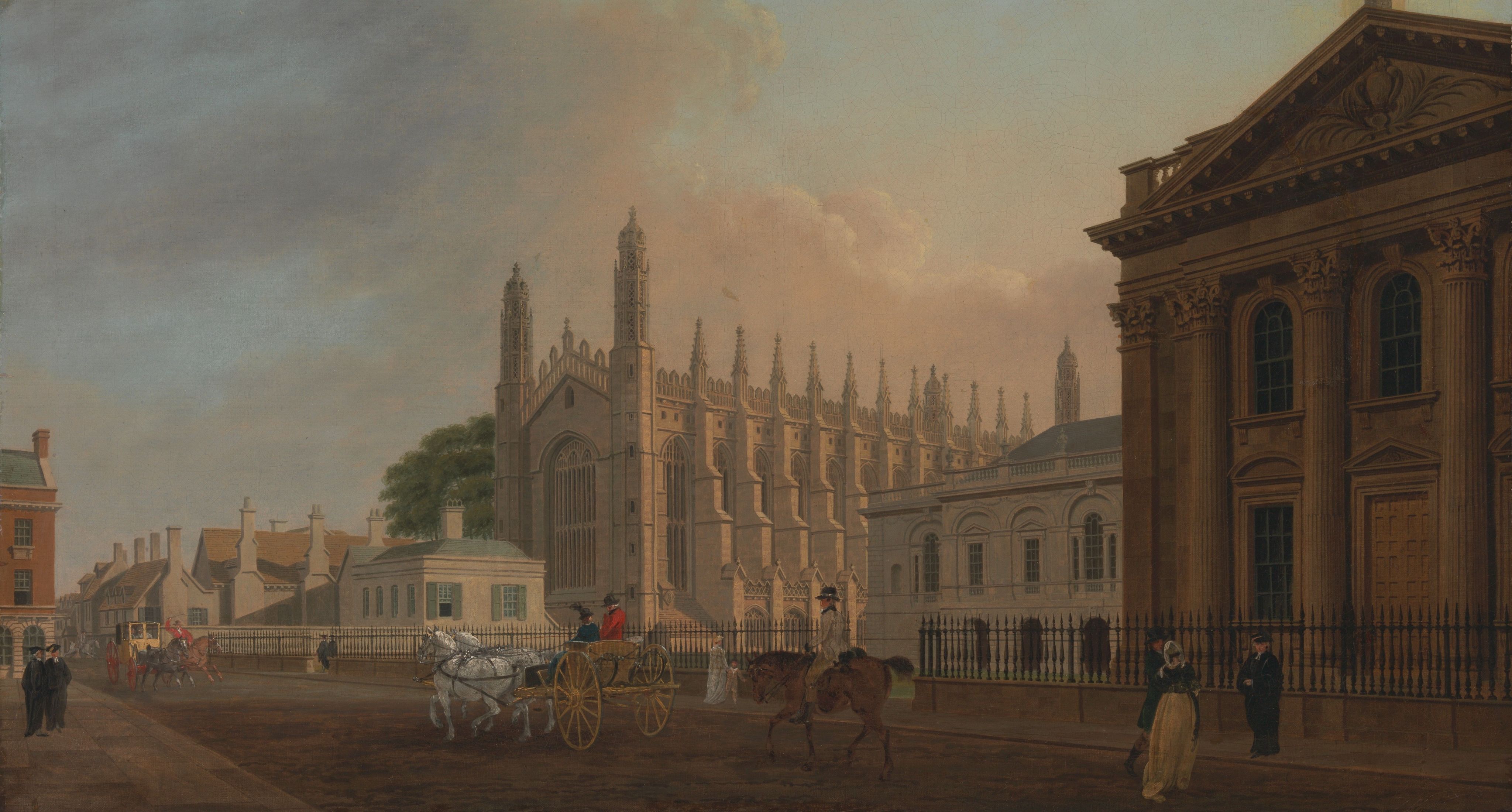
Today, the University of Cambridge shared a digest of peer-reviewed research into its historical connections to enslavement, together with a response from the Vice-Chancellor.
The University will now begin to implement the report’s recommendations by creating a Cambridge Legacies of Enslavement Fund which will be put towards research, community engagement and partnership activities.
Vice-Chancellor Professor Stephen J Toope said:
“The inquiry set out to add to the sum of our historical knowledge, working on the principle that as a mature, research-driven university, Cambridge is better off knowing than not knowing about its past.
“Though the report shines a light on the University’s past, our greatest obligation is to the collegiate University’s future.
“The report and its recommendations are not ends in themselves. Instead, I hope they will enable some of the conversations and decisions needed to make the Cambridge of tomorrow more self-reflective, more equitable and more open to all talent.”
Research commissioned by the University indicates that Cambridge was implicated in enslavement in a number of ways including investing in the Atlantic slave trade; receiving benefactions based on income derived from the slave trade; educating wealthy slave estate owners’ sons; and academics supporting the proslavery movement.
Cambridge is well known for its abolitionists, individuals such as Thomas Clarkson, William Wilberforce and Peter Peckard, who played an important role in ending the slave trade and bringing about emancipation. The University Senate sent petitions to the House of Commons in 1788 and again in 1792. Colleges, Masters, and Fellows also sent money to the Society for Effecting the Abolition of the Slave Trade.
Far less well known, however, are the powerful forces in Cambridge that these abolitionists had to fight against.
Professor Toope said: “It is not in our gift to right historic wrongs, but we can begin by acknowledging them. Having unearthed our university’s links to an appalling history of abuse, the report encourages us to work even harder to address current inequalities – particularly those related to the experiences of Black communities.”
Watch a short film about the inquiry
Examining links and legacies
Cambridge, like many other British and North American institutions, benefited both directly and indirectly from enslavement, the slave trade, and imperialism more broadly. Cambridge’s inquiry follows in the footsteps of various British institutions including the Church of England, the Bank of England, the National Trust and other universities, both in Britain and North America.
The Advisory Group on the Legacies of Enslavement was created in early 2019 at the request of the Vice-Chancellor, Professor Stephen J Toope, in light of the growing public interest in the issue of British universities’ historical links to enslavement and the slave trade. It was asked to advise him on Cambridge’s historical links and on the legacies of those links, and to propose future action in light of the findings.
The interdisciplinary Advisory Group has comprised senior academics from Cambridge, as well as student and alumni representatives, who liaised with other experts on the subject, both within and beyond the University. The Advisory Group appointed two post-doctoral researchers to undertake historical research for the project.
The scope of their research was to encompass the ways in which the University may have been involved financially and otherwise in the slave trade or other historical forms of coerced labour connected to colonialism; and the University’s contribution to knowledge that may have supported the validation and dissemination of racist social structures and beliefs.
The researchers have been based in the Centre for African Studies, but have worked in an interdisciplinary context across the University and Colleges, developing relationships with other staff and students who are actively engaged in similar research. The Advisory Group established an external panel of academic historians from outside Cambridge to provide advice, especially to the post-doctoral researchers.
This research has been rigorous. It has been subject to academic peer-review (internal and external) and provides a reliable insight into Cambridge’s deep involvement with systems that were built on the exploitation of enslaved people.
Today, the University is providing a digest of the findings of the research. A complete version of the research undertaken will be published in a peer-reviewed academic monograph in 2023.
This story provides an overview of the findings and the University’s response to them.
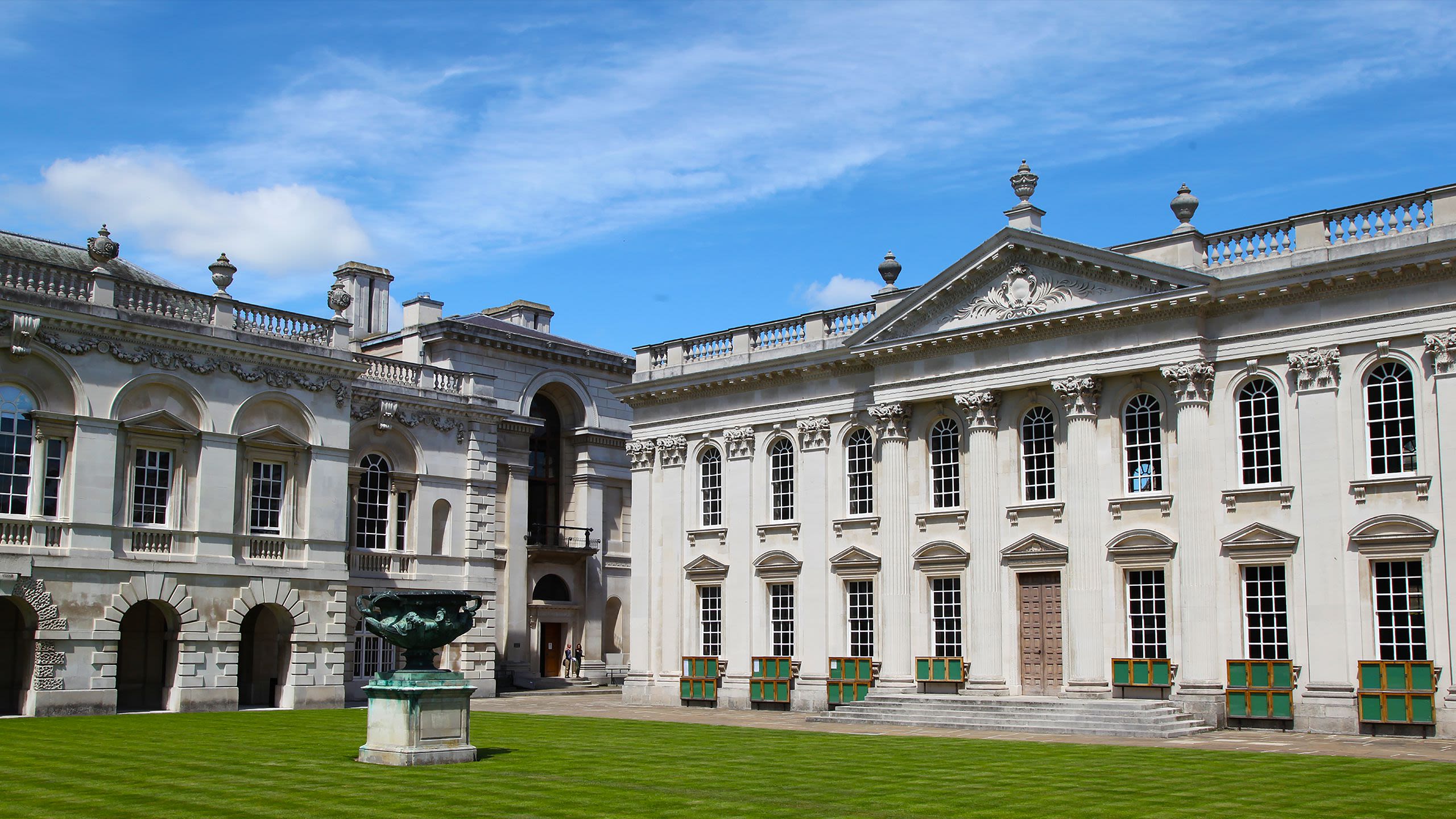
Research findings
The history of Cambridge’s participation in imperialism and slavery is extremely complex and the report does not attempt to provide a comprehensive historical narrative account of the links between the University and slavery. Rather, it provides in-depth insights based on case studies, and attempts to open up new lines of enquiry.
There can be no doubt that collectively the collegiate University gained economic benefit from colonial exploitation, which was itself based on the labour of enslaved people, as did the country as a whole, and the economic legacy of that gain continues in some ways. However, assessing and quantifying that gain is problematic.
Through the crucial period, the University itself was a comparatively small institution, with the bulk of activity and resources held by the individual Colleges. This means that any overarching understanding of financial gain could only be obtained through an in-depth analysis of each individual College that was in existence at the time, as well as those whose later endowments may have derived from the exploitation of enslaved people – a task that the forthcoming monograph begins to address with case studies on half a dozen Colleges.
Furthermore, Cambridge’s relationship to slavery frequently goes back to at least the seventeenth century, making it more difficult to precisely assess financial gain than would be the case for later foundations.
Set of wrought iron leg shackles made before 1860. Image: Collection of the Smithsonian National Museum of African American History and Culture
Set of wrought iron leg shackles made before 1860. Image: Collection of the Smithsonian National Museum of African American History and Culture
Engagement in ownership of or trade in enslaved people
While no evidence has been seen that suggests Cambridge institutions directly owned any plantations that exploited enslaved people, individuals closely associated with Cambridge and its Colleges did own plantations and were deeply involved in colonisation and in establishing the institutions of slavery from its inception.
For example, leaders of the Virginia Company were educated at St John’s College, and enslaved African persons were taken to the Virginia colony from 1619 and to the colony of Bermuda from 1630. Native Americans were also enslaved in Virginia from soon after the founding of Jamestown in 1607 until far into the 18th century.
Fellows of Cambridge Colleges were involved with the East India Company, first formed in 1599 and which was soon active in the trade in Malagasy enslaved persons. Names of Cambridge academics are also present on the founding documents of the successor new East India Company, the charter of which mentions chattel slavery, and which transported enslaved Africans from Mozambique and Madagascar.
From the 1660s, the parents of Cambridge students and influential College benefactors were amongst those who led and invested in the Royal African Company, which took a key role in the Atlantic slave trade. A similar pattern can be identified with the South Sea Company in the early eighteenth century. Later, many college Fellows and Masters had close links to enslavers, either owning plantations and slaves themselves or being related to such owners.
A number of Cambridge College alumni were owners of slave plantations in the Americas. All three of the Cambridge graduates who signed the Declaration of Independence in 1776 – Thomas Nelson, Jr. of Virginia, and Arthur Middleton and Thomas Lynch of South Carolina – were enslavers. The family of Arthur Middleton of Trinity Hall owned more than a dozen Carolina plantations and over 3,500 enslaved persons over many generations, that of Thomas Lynch Jr. of Gonville & Caius also owned at least seven South Carolina plantations.
Direct investment in the Atlantic slave trade and beyond
Cambridge’s most significant and direct financial involvement in Atlantic slavery centred on its investments in the South Sea Company. Cambridge Colleges including Corpus Christi, Gonville & Caius, Jesus, King’s and Pembroke directly purchased South Sea Company shares and annuities during the years of the company’s major participation in the Atlantic slave trade.
Some Colleges also received bequests from donors who were major investors in colonial companies such as the Royal African Company, the South Sea Company, and the East India Company. In certain prominent cases donations came in the form of South Sea capital itself.
Such financial involvement both helped to facilitate the slave trade and brought very significant financial benefits to Cambridge. From 1660, East India bonds were owned by several Cambridge institutions, including Trinity College, although they do not seem to have reached the same extent as investments in the South Sea Company.
The South Sea Company’s engagement in the slave trade began in 1713 having been negotiated by Matthew Prior, a Fellow of St John’s College. From 1713 to 1740, it was directly involved in large-scale slave trading between Africa, South America and the Caribbean. Even after it ceased to be involved in this trade, the company received a further significant sum by selling its slave-trading rights back to the King of Spain in 1750.
Cambridge Colleges were large investors in South Sea stock during this period and they made substantial financial gains through this. Furthermore, the restructuring of the South Sea Company’s debt after the crash of 1720 meant that many Colleges continued to benefit substantially from the reliable dividend on its bonds right down to their redemption in 1854.
The research shows the complexity and the extent of these investments across Cambridge over a very long period. Equally, since investment in South Sea stock was often undertaken in the pursuit of capital building projects, buildings like the Gibbs Building at King’s College are also substantially a product of it.
The institutional financial patterns that defined Cambridge’s relationship with the first wave of British colonialism continued to define its relationship during the turn to the east, the expansion of the East India Company in South Asia, the colonization of Australia, and the partition of Africa. Through the later nineteenth and early twentieth centuries, Cambridge institutions continued to seek attractive yields in a wide variety of colonial paper assets.
Profits from Australian or African mines in the late nineteenth and early twentieth centuries cannot be separated from the displacement and subjugation of a variety of peoples through various means or the racial ideology that defined nineteenth- and twentieth-century colonial rule.
Images: Exterior and Dividend Hall of South Sea House, the London headquarters of The South Sea Company
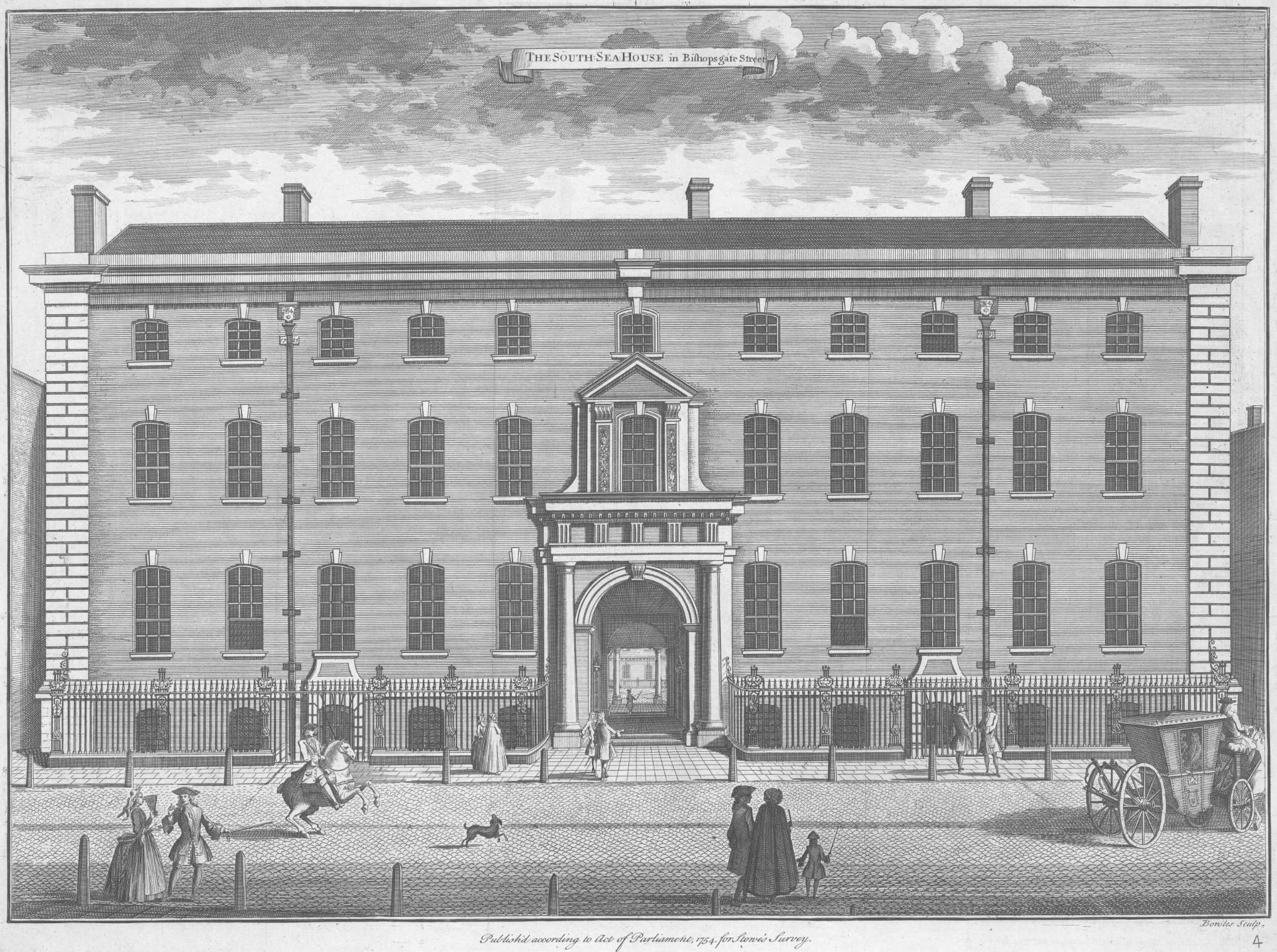
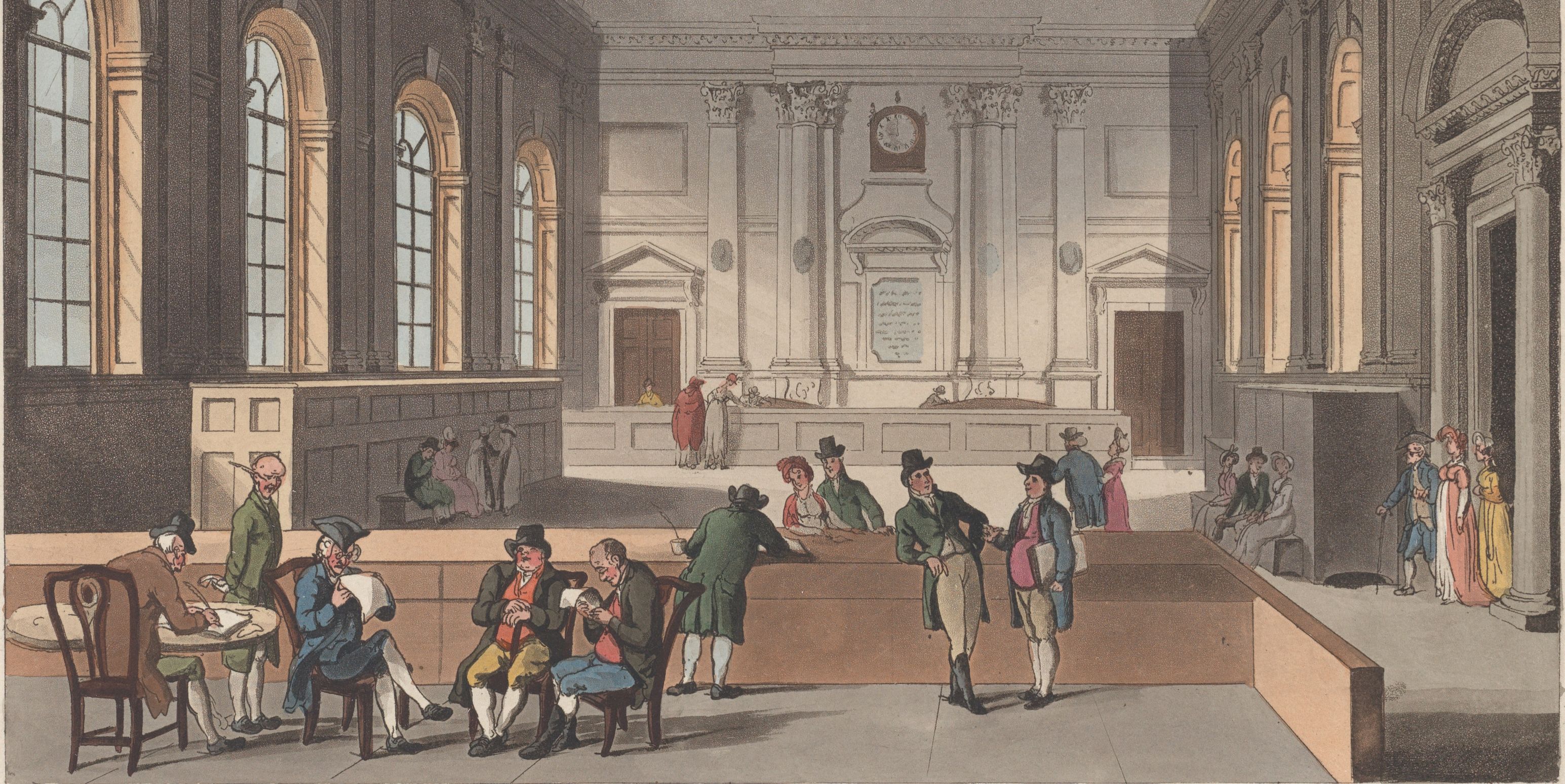
Gifts and benefactions
Long-term income derived from the slave trade also accrued as a result of major gifts and benefactions to some parts of collegiate Cambridge. Most prominent is the donation that supported the foundation of the Fitzwilliam Museum in 1816. Lord Fitzwilliam’s South Sea assets had come to him from his grandfather, Matthew Decker, a governor of the South Sea Company at its inception, a director of both the Royal African Company and also of the East India Company.
Similarly John Woodward’s investments in South Sea stock formed part of the endowment for the Woodwardian Professorship of Geology under his will of 1728. There were many smaller gifts, in aggregate representing considerable sums.
Other major gifts, not always in money, are less directly related to the donors’ financial gains from the exploitation of enslaved people but are also significant. Tobias Rustat’s donations, which include significant funding for the University Library, may not have derived directly from the profits of the slave trade, but he was a leading figure as a director of the Royal African Company: as such he played an important institutional role in promoting and sustaining the slave trade.
Samuel Pepys subscribed to the Royal Africa Company and was a significant benefactor to Cambridge through the legacy of his library to Magdalene College. More modest donations involving individuals and/or proceeds connected to slavery and the slave trade can be tracked in part through the tradition of Fellow Commoners giving items of silver plate to their Colleges.
Numerous other benefactions from less well-known people can be traced with links to capital accumulated from direct or indirect involvement in the trade in enslaved people. There were several hundred such figures through the history of collegiate Cambridge and links demonstrating the origin of this wealth can be followed well into the nineteenth century. For instance, money from estates in the West Indies left by James McMahon created the McMahon Law Studentships at St John’s College.
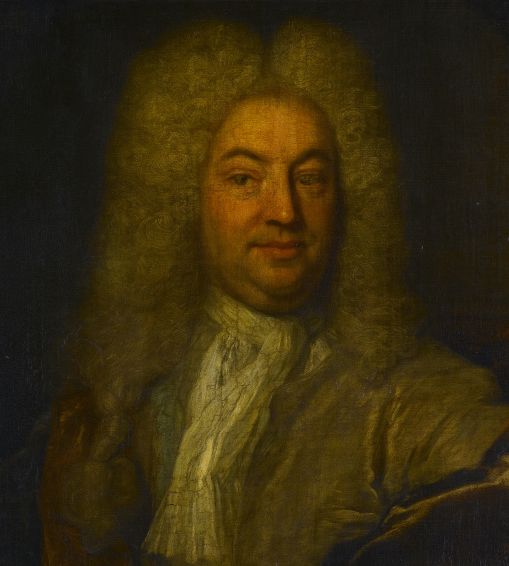
Matthew Decker
Matthew Decker
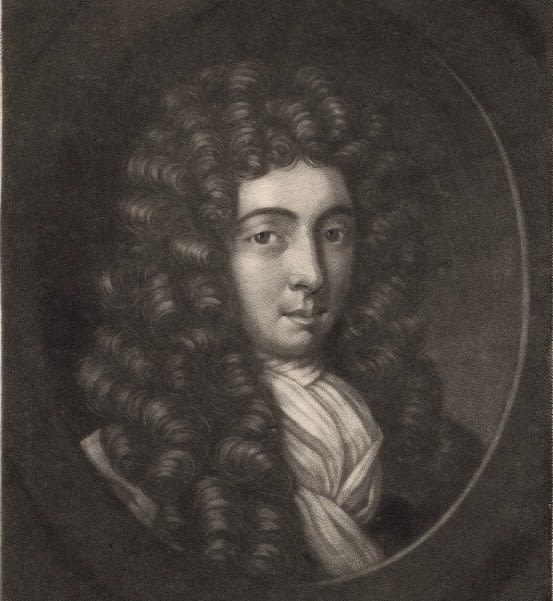
John Woodward
John Woodward
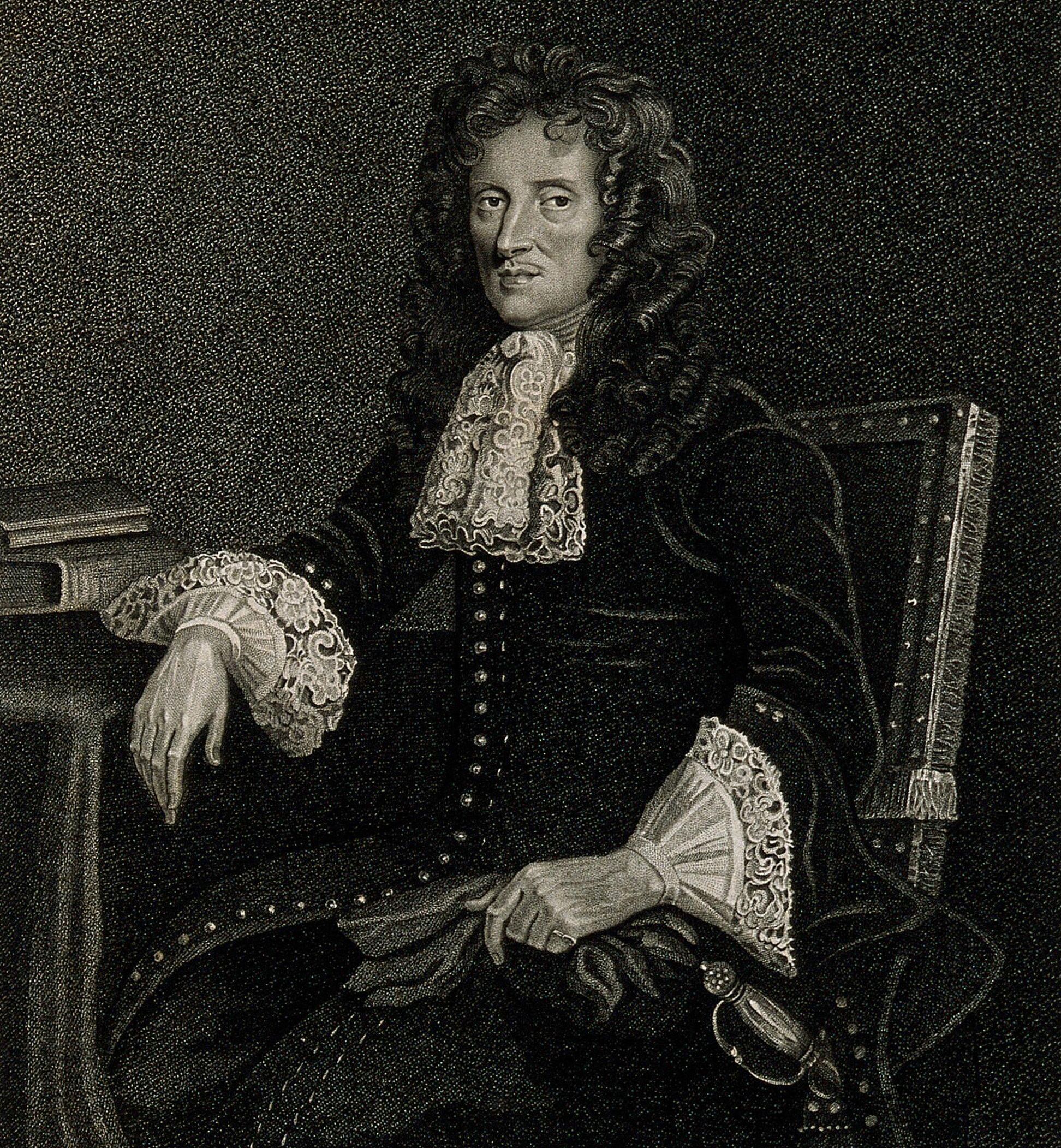
Tobias Rustat
Tobias Rustat
Educating slave estate owners’ sons
Cambridge Colleges educated the heirs of many involved in the trade in and ownership of enslaved people. Some Colleges appeared to encourage the admission of these wealthy individuals.
From the mid-seventeenth to the nineteenth century the Colleges earned significant amounts of money from these students in fees, representing a long-lasting institutional exposure to wealth derived from slavery.
Role in abolitionist and anti-abolitionist movements
Cambridge has often celebrated its association with the struggle for abolition since individuals such as Thomas Clarkson and William Wilberforce were educated and developed their campaigns here. However, pro-slavery ideas are equally to be found. Like other institutions, the University had deep financial, personal, and intellectual entanglements with slavery and the slave trade, which some of its prominent members actively defended.
The history of debates about abolition in the University are themselves complex and reflect the prejudices and widespread racism and commitments to civilisational and orientalist superiority of the time. As slavery and the slave trade came under scrutiny, some Cambridge intellectuals actively defended them while others passively accepted their continuation.
Amongst those defending slavery and racism was Thomas Thompson of Christ’s College who, in 1772, argued that slavery ‘rescued’ Africans from the oppression of their homelands. This precipitated responses from those who became leading Cambridge abolitionists.
Those who stood in favour of slavery were equally active and committed, with Stephen Fuller, a former Fellow of Trinity College and Jamaica’s agent in Britain from 1764 to 1794, perhaps the most prominent.
The pro-slavery movement had begun in the 1760s and flourished through the period of the American Revolution, defending British sugar interests and promoting the reform as opposed to the abolition of slavery. Fuller was actively supported by other Cambridge men, including parliamentarians educated at Cambridge, including Sir Charles Davers (Trinity College), Sir William Young (Clare College), and Brownlow Cust (Corpus Christi).
Following the abolition of the slave trade in 1807 it took almost three decades until British slavery was formally abolished in 1833, though unfree labour continued throughout the British empire in a variety of forms after that date. Cambridge alumni and Fellows were active on both sides of the abolition debate.
Racist opinions were widespread even amongst abolitionists, with many like Cambridge-educated Samuel Taylor Coleridge, believing in the civilising and disciplining potential of the plantation. Clarkson’s own correspondence demonstrates not only his gradualism and elitism, but also his evolution from an advocate for reparations to the victims of enslavement to an acceptance of compensation for slave owners as a politically expedient solution.
After enslavement ended in the British Caribbean, former enslavers and abolitionists were active in continuing discussion at Cambridge concerning slavery in the United States. Edward Strutt Abdy was a leading Cambridge abolitionist. Free African Americans who studied at the University, including Alexander Crummell, were active in the campaign. However, the evidence shows that Cambridge was an important bastion for pro-Confederate thought during and after the American Civil War, thereby providing continued support for slavery.
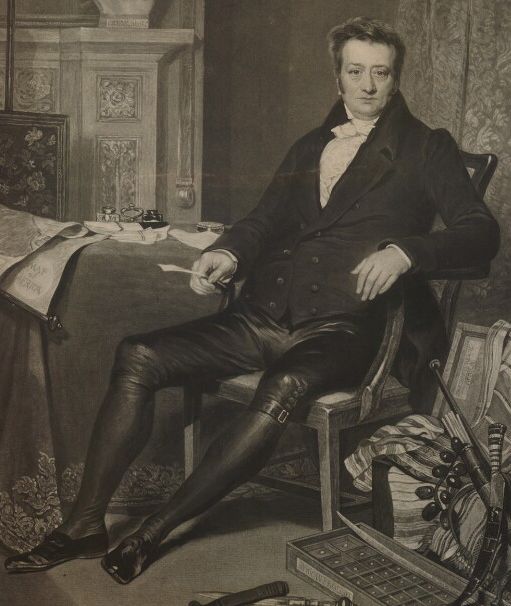
Thomas Clarkson
Thomas Clarkson
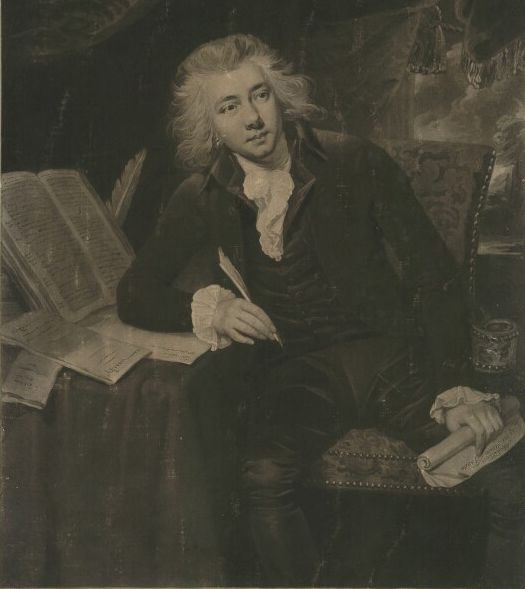
William Wilberforce
William Wilberforce

Brownlow Cust
Brownlow Cust
Role in intellectual underpinning of racism
Throughout the period under discussion, individuals at Cambridge wrote about race and presented ideas that were used to justify the enslavement and colonisation of other people.
In the 1670s Dr Thomas Townes, the son of a Barbadian enslaver and a Christ’s College alumnus was an early advocate of the idea that differences between white and black persons are innate, ascribed to biology rather than to environmental factors. His ‘scientific’ work, drawn to the attention of the Royal Society by Martin Lister, one-time Fellow of St John's College, marks the start of a long line of Cambridge thought that was used to justify racism and slavery.
Similar attitudes had been expressed early in the seventeenth century by the poet and scholar John Donne, a Cambridge Doctor of Divinity, who saw the purpose of the colonies as places where white vagrants, Native Americans, Black servants, and other ‘undesirable’ people would work for the benefit of a white elite.
Such attitudes were closely tied to Christian missionary activity, with which many in Cambridge were actively engaged. In their sermons, Cambridge Fellows tried to convince enslavers that Christian conversion would not render enslaved people free, and some argued that Christianity could serve the interests of the plantation system by rendering African-descended people more amenable to enslavement, more willing to defend their masters against Native American attacks, and less likely to rebel against American slave societies.
Slavery and the natural rights of enslaved persons sparked debate within Cambridge. Thomas Rutherforth, who became the Regius Professor of Divinity in 1745, published his Institutes of Natural Law (1754) in which he developed a theory of the inequality between human beings and thereby sought to justify enslavement. Even after the demise of slavery, racist discourses continued to be developed in Cambridge.
Images: 'Cutting the sugar cane' from William Clark's Ten Views in the Island of Antigua (1823); Thomas Malton the Younger, The South Front of the Senate House, and West End of St Mary's Church, Cambridge (1799)
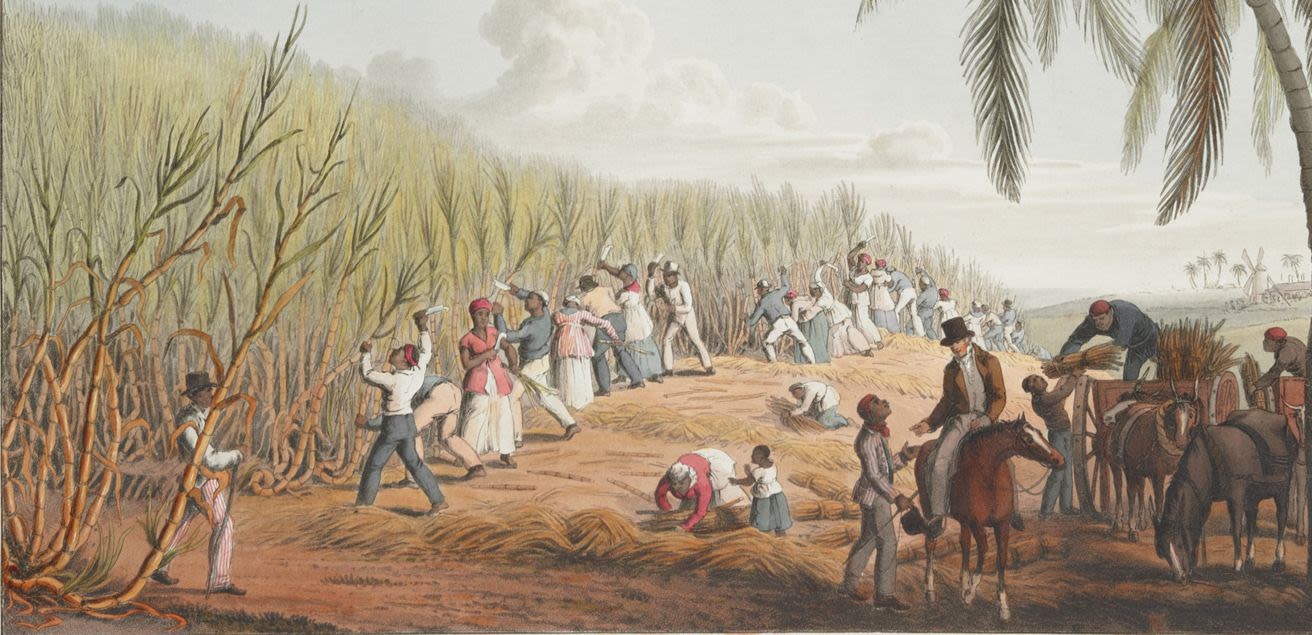
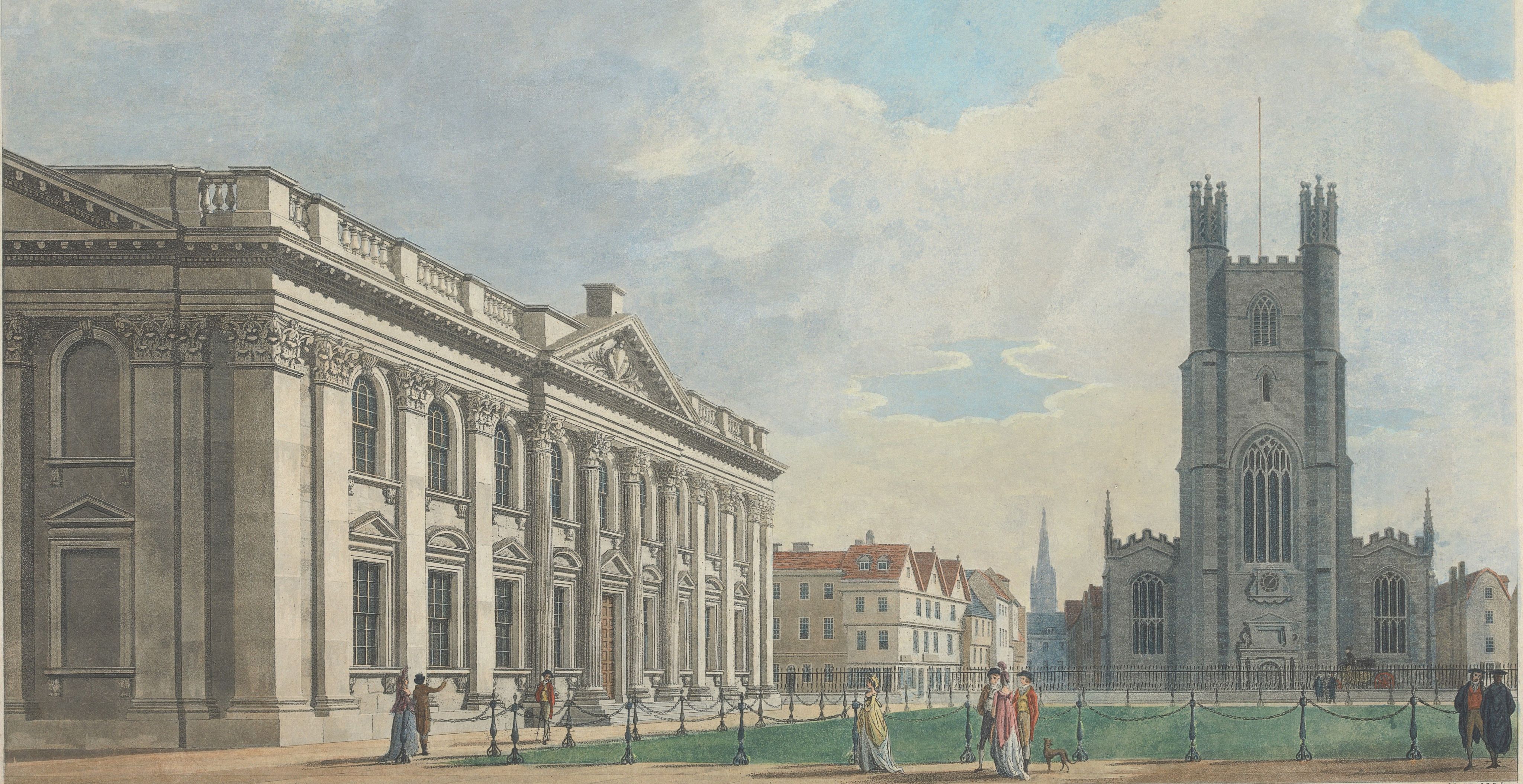
The future
Implementing the report’s recommendations
The following summarises the Vice-Chancellor's response to the report. The full report and response can be read here.
Professor Toope said: “I welcome the findings of the Legacies of Enslavement inquiry. This report represents an important step in improving our understanding of the University of Cambridge’s historical connections to enslavement.”
“This is part of our collegiate University’s wider process of reflection about its role in a changing society. This process includes considerations about how Black and minority ethnic communities are represented and truly included within Cambridge; about what and how we teach; about how best to manage, curate and display collections in our museums; about how we engage most productively with academic institutions in other countries, and with Black and minority ethnic communities across the United Kingdom.”
The University will begin the implementation of the report’s recommendations by creating a Cambridge Legacies of Enslavement Fund. Starting with £1.5 million of seed funding, the University will seek funding from philanthropic and collegiate sources. Funds will be put towards the research, community engagement and partnership activities proposed in the report, and outlined below.
Implementation of some of these recommendations will require further work and consultation across the University.
LEGACIES OF ENSLAVEMENT RESEARCH CENTRE
The report calls for the creation of a Cambridge Legacies of Enslavement Research Centre to continue the investigations initiated by the inquiry as well as to encompass global Black British histories. There are opportunities for such a centre to build upon existing inter-disciplinary activities and work will now begin on developing formal proposals for the centre, drawing on seed-funding from the Legacies of Enslavement Fund.
ENHANCING ENGAGEMENT WITH BLACK COMMUNITIES
The collegiate University is determined to develop a more inclusive environment for all staff and students, building on the success of initiatives such as the “Get In” campaign and the Stormzy Scholarships.
Engaging with Black students
The collegiate University has made significant progress over the past few years in its recruitment and support of underrepresented cohorts, including British Black, Pakistani and Bangladeshi students. Today Cambridge has more British Black undergraduate students than ever in its history. A Black Advisory Hub was established as part of the University’s efforts to improve Black students' experiences at Cambridge. To build on this progress the University will:
- Increase the number of postgraduate scholarships and bursaries it offers for Black British students, a cohort that is very much underrepresented at both the Masters and PhD levels. Funding from the University will be matched by philanthropic and College contributions.
- Invest additional funding for five years to enable the Black Advisory Hub to expand its work programme, including its work with the Cambridge Centre for Teaching and Learning to help close the unexplained awarding gap in degree classification between Black undergraduate students and their peers.
- Work with the Colleges and partners like the Cambridge Trust to create dedicated scholarships for postgraduate students from Africa and the Caribbean, while significantly enhancing our recruitment activity among those cohorts.
Engaging with Black Staff
Black academic and professional services staff are poorly represented across the University, particularly at senior levels. The University’s senior leadership team, including Heads of Schools, is already engaged in, and will step up, efforts to help recruit, retain, mentor and more generally support the professional advancement of Black members of staff.
FUNDING FOR NEW PARTNERSHIPS IN AFRICA AND THE CARIBBEAN
Funding will be made available to enhance research partnerships in West Africa and the Caribbean, building on existing ties with universities in both regions. Full details will be worked out in consultation with the partner universities involved.
MEMORIALISING BLACK SCHOLARS
The University has received a generous philanthropic donation to commission a Black British artist to undertake a public work of art memorialising Black Cambridge scholars or graduates, to be located on the University estate. This funding is separate from the Legacies of Enslavement Fund.
The University will also commission and install an explanatory plaque that identifies and contextualises statues of individuals, including Tobias Rustat, housed in the Old Schools’ internal courtyard.
The University will seek to name some streets and public spaces in Phases 2 and 3 of its North-West Cambridge development, and in the new West Cambridge Innovation District, after prominent Black Cambridge graduates as well as after notable abolitionists.
Recognising the link between education, research and representation, as noted in the report, the University is committing further financial support to the Black Cantabs Research Society, to enable the collection, curation, digitisation and publication of records on the history of Black graduates at Cambridge.
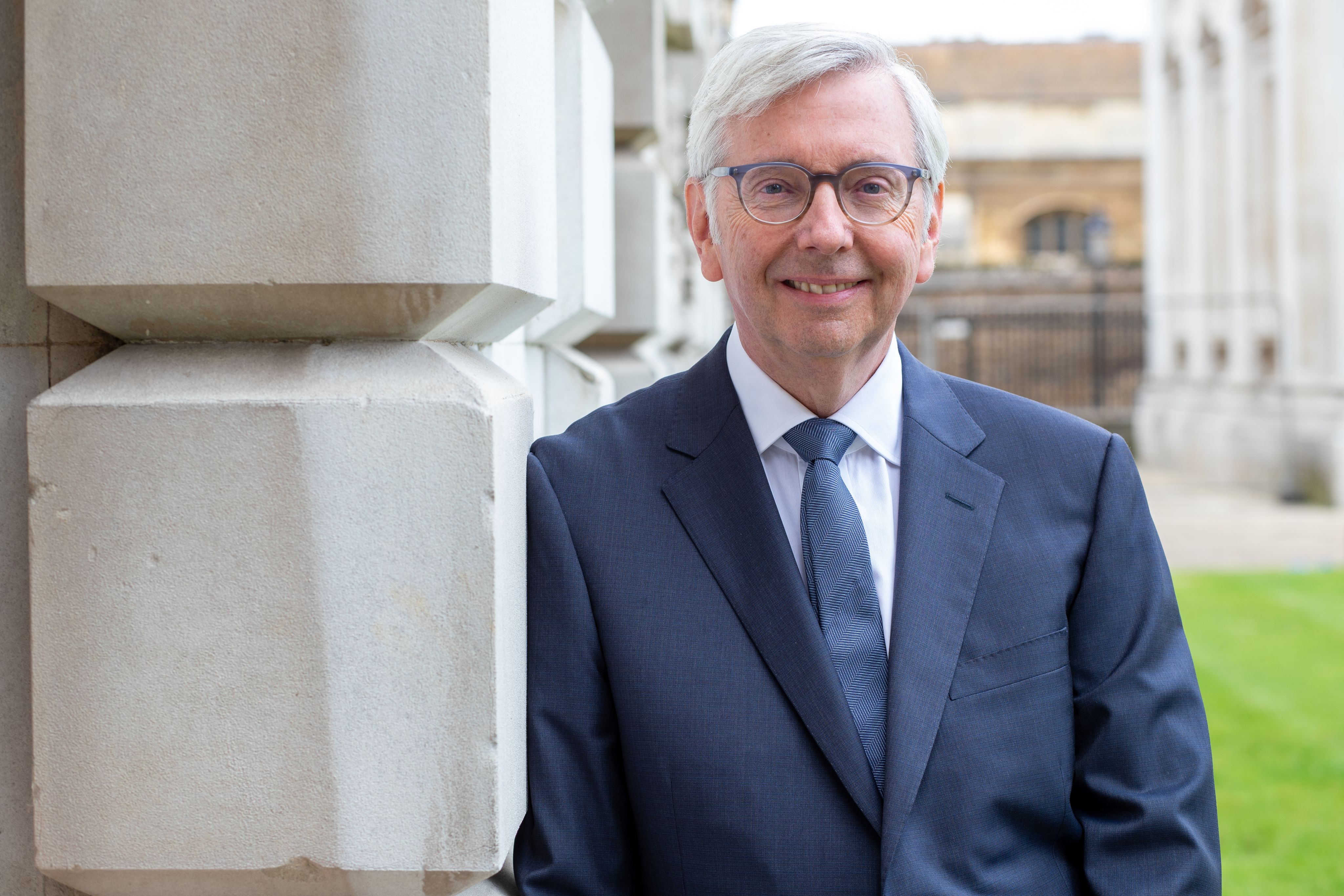
Vice-Chancellor Professor Stephen Toope
Vice-Chancellor Professor Stephen Toope
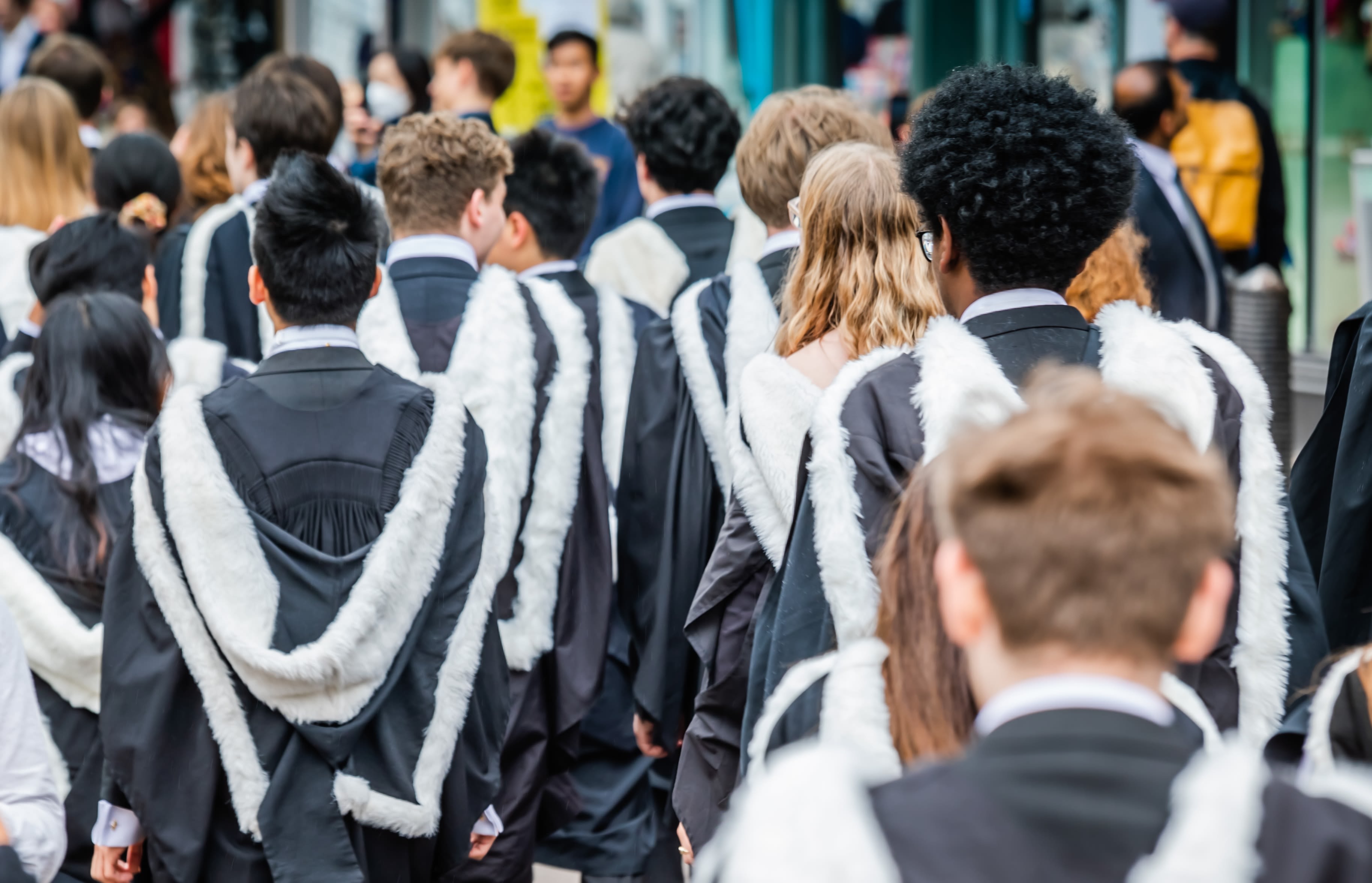
Cambridge students graduating in 2022
Cambridge students graduating in 2022
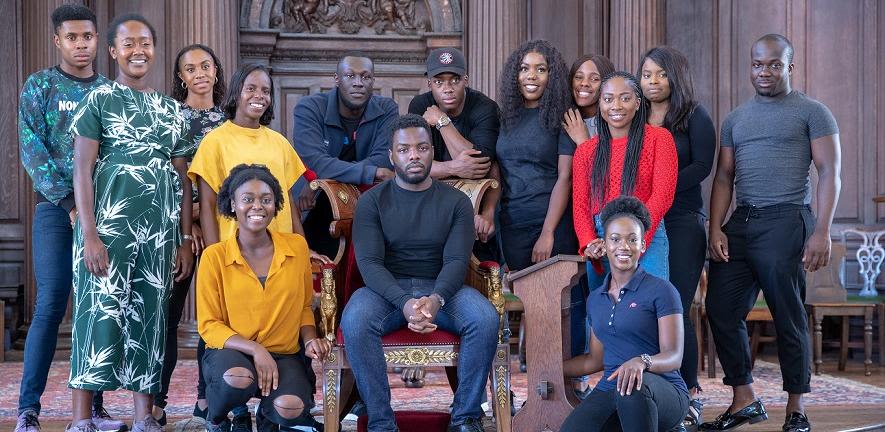
Cambridge students join Stormzy to launch the Stormzy Scholarship
Cambridge students join Stormzy to launch the Stormzy Scholarship
University of Cambridge Museums
In 2022-24, the University’s museums and collections will facilitate conversations around the legacies of empire and enslavement through an interdisciplinary public programme.
This will include a landmark exhibition Black Atlantic: Power, People, Resistance to be staged in the Fitzwilliam Museum’s historic Founder’s Galleries (8 Sept 2023 – 7 Jan 2024), galleries which were built using profits from enslavement and exploitation. The exhibition will bring together significant national and international loans with collections from across the University’s museums, libraries and colleges to tell both a Cambridge story, and a global one. Black Atlantic will be the first in a series of related Fitzwilliam Museum exhibitions and gallery interventions planned for 2023-6.
The broader museums and collections programme draws on a long-term commitment to researching and sharing the complex histories of the University’s collections, including its museums, libraries and archives, relationship-building with communities both in Cambridgeshire and around the world, and widening audience access, engagement and participation. The work is guided by an Advisory Group of critical friends and an ambitious programme of audience research and community consultation.
Return of Benin artefacts
The University of Cambridge is supporting a claim for the return to Nigeria of 116 objects currently held in the University’s Museum of Archaeology and Anthropology (MAA) collections that were taken by British armed forces during the sacking of Benin City in 1897. Find out more.
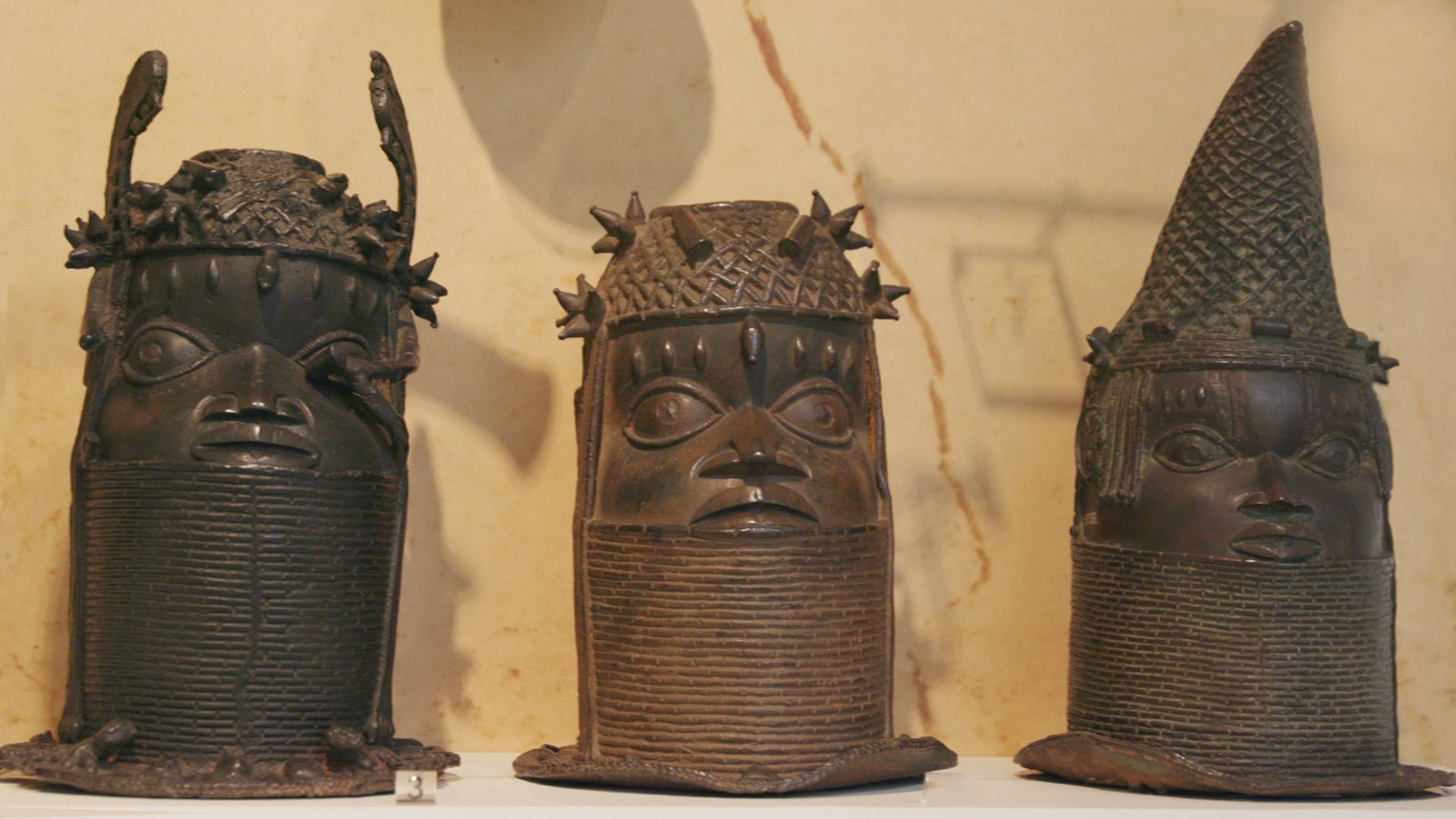
Published 22nd September 2022
The text in this work is licensed under aCreative Commons Attribution 4.0 International License
Images:
Title image: King's Parade, Cambridge (1798-99) by Thomas Malton the Younger. Image: Yale Center for British Art, Paul Mellon Collection, B1996.22.25
Senate House from above. Photo: Sir Cam
Exterior of South Sea House, engraving by Thomas Bowles, published in 1754. Image: Harvard Business School, Baker Library
South Sea House, Dividend Hall by Thomas Rowlandson & Auguste Charles Pugin, published in Microcosm of London (1810). Image: The Metropolitan Museum of Art, Elisha Whittelsey Collection
Portrait of Sir Matthew Decker, Bart. by Theodorus Netscher (early 18th Century). Accession Number 443. © The Fitzwilliam Museum, Cambridge.
John Woodward, mezzotint by William Humphrey after Unknown artist (1774). Image: © National Portrait Gallery, London
Images continued:
Tobias Rustat by W. N. Gardiner (1796), after S. Harding after Sir P. Lely. Image: Wellcome Collection. Public Domain
Thomas Clarkson, by Charles Turner, after Alfred Edward Chalon (1828). Image: © National Portrait Gallery, London
William Wilberforce by Charles Howard Hodges, mezzotint published 1792. Image: © National Portrait Gallery, London
Sir Brownlow Cust, 1st Baron Brownlow, portrait by Francis Cotes. Image: National Trust Images
'Cutting the sugar cane' from William Clark's Ten Views in the Island of Antigua (1823). Image: British Library
The South Front of the Senate House and West End of St Mary's Church, Cambridge (1799) by Thomas Malton the Younger. Image: Yale Center for British Art, Paul Mellon Collection, B1977.14.11904
